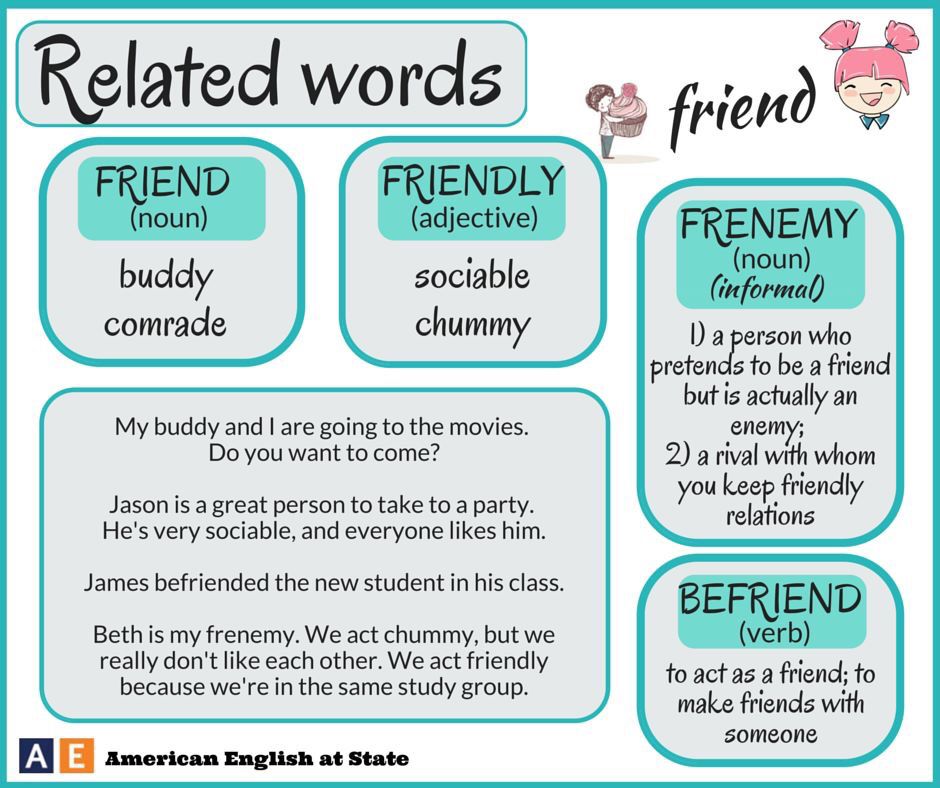Effect of stereotypes
The terrifying power of stereotypes – and how to deal with them
From “girls suck at maths” and “men are so insensitive” to “he is getting a bit senile with age” or “black people struggle at university”, there’s no shortage of common cultural stereotypes about social groups. Chances are you have heard most of these examples at some point. In fact, stereotypes are a bit like air: invisible but always present.
We all have multiple identities and some of them are likely to be stigmatised. While it may seem like we should just stop paying attention to stereotypes, it often isn’t that easy. False beliefs about our abilities easily turn into a voice of self doubt in our heads that can be hard to ignore. And in the last couple of decades, scientists have started to discover that this can have damaging effects on our actual performance.
This mechanism is due to what psychologists call “stereotype threat” – referring to a fear of doing something that would confirm negative perceptions of a stigmatised group that we are members of. The phenomenon was first uncovered by American social psychologists in the 1990s.
In a seminal paper, they experimentally demonstrated how racial stereotypes can affect intellectual ability. In their study, black participants performed worse than white participants on verbal ability tests when they were told that the test was “diagnostic” – a “genuine test of your verbal abilities and limitations”. However, when this description was excluded, no such effect was seen. Clearly these individuals had negative thoughts about their verbal ability that affected their performance.
Black participants also underperformed when racial stereotypes were activated much more subtly. Just asking participants to identify their race on a preceding demographic questionnaire was enough. What’s more, under the threatening conditions (diagnostic test), black participants reported higher levels of self doubt than white participants.
Nobody’s safe
Stereotype threat effects are very robust and affect all stigmatised groups.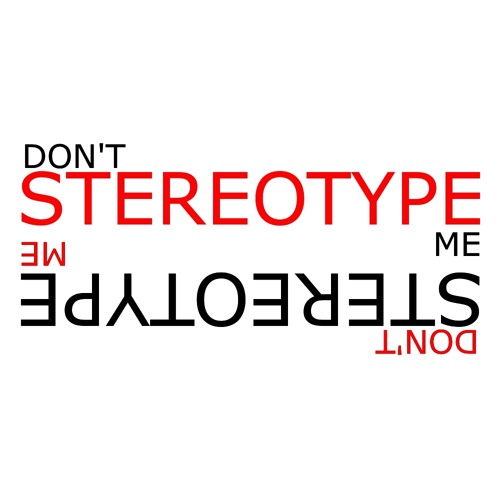 A recent analysis of several previous studies on the topic revealed that stereotype threat related to the intellectual domain exists across various experimental manipulations, test types and ethnic groups – ranging from black and Latino Americans to Turkish Germans. A wealth of research also links stereotype threat with women’s underperformance in maths and leadership aspirations.
A recent analysis of several previous studies on the topic revealed that stereotype threat related to the intellectual domain exists across various experimental manipulations, test types and ethnic groups – ranging from black and Latino Americans to Turkish Germans. A wealth of research also links stereotype threat with women’s underperformance in maths and leadership aspirations.
Men are vulnerable, too. A study showed that men performed worse when decoding non-verbal cues if the test was described as designed to measure “social sensitivity” – a stereotypically feminine skill. However, when the task was introduced as an “information processing test”, they did much better. In a similar vein, when children from poorer families are reminded of their lower socioeconomic status, they underperform on tests described as diagnostic of intellectual abilities – but not otherwise. Stereotype threat has also been shown to affect educational underachievement in immigrants and memory performance of the elderly.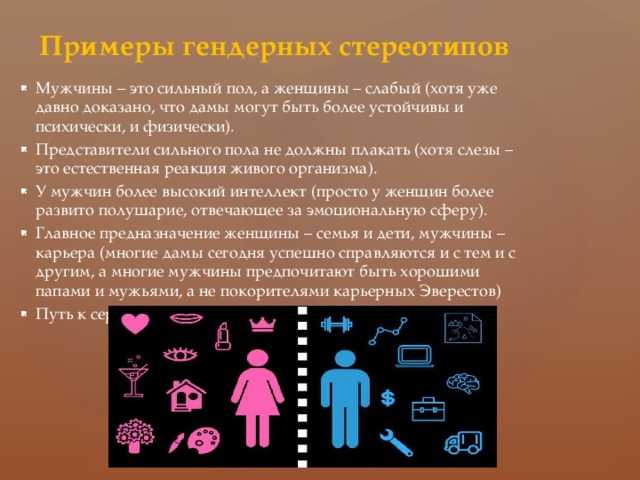
It is important to remember that the triggering cues can be very subtle. One study demonstrated that when women viewed only two advertisements based on gender stereotypes among six commercials, they tended to avoid leadership roles in a subsequent task. This was the case even though the commercials had nothing to do with leadership.
Mental mechanisms
Stereotype threat leads to a vicious circle. Stigmatised individuals experience anxiety which depletes their cognitive resources and leads to underperformance, confirmation of the negative stereotype and reinforcement of the fear.
Researchers have identified a number of interrelated mechanisms responsible for this effect, with the key being deficits in working memory capacity – the ability to concentrate on the task at hand and ignore distraction. Working memory under stereotype threat conditions is affected by physiological stress, performance monitoring and suppression processes (of anxiety and the stereotype).
Neuroscientists have even measured these effects in the brain. When we are affected by stereotype threat, brain regions responsible for emotional self-regulation and social feedback are activated while activity in the regions responsible for task performance are inhibited.
In our recent study, published in Frontiers in Aging Neuroscience, we demonstrated this effect for ageism. We used electroencephalography (EEG), a device which places electrodes on the scalp to track and record brainwave patterns, to show that older adults, having read a report about memory declining with age, experienced neural activation corresponding to having negative thoughts about oneself. They also underperformed in a subsequent, timed categorisation task.
Coping strategies
There is hope, however. Emerging studies on how to reduce stereotype threat identify a range of methods – the most obvious being changing the stereotype. Ultimately, this is the way to eliminate the problem once and for all.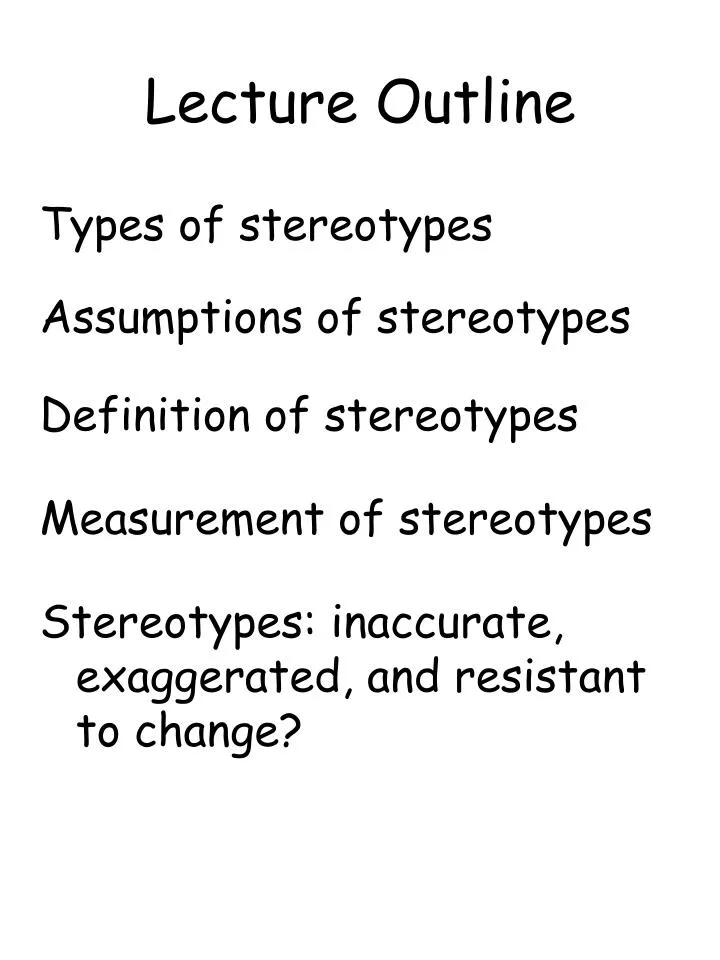
But changing stereotypes sadly often takes time. While we are working on it, there are techniques to help us cope. For example, visible, accessible and relevant role models are important. One study reported a positive “Obama effect” on African Americans. Whenever Obama drew press attention for positive, stereotype-defying reasons, stereotype threat effects were markedly reduced in black Americans’ exam performance.
Another method is to buffer the threat through shifting self perceptions to positive group identity or self affirmation. For example, Asian women underperformed on maths tests when reminded of their gender identity but not when reminded of their Asian identity. This is because Asian individuals are stereotypically seen as good at maths. In the same way, many of us belong to a few different groups – it is sometimes worth shifting the focus towards the one which gives us strength.
Gaining confidence by practising the otherwise threatening task is also beneficial, as seen with female chess players. One way to do this could be by reframing the task as a challenge.
Finally, merely being aware of the damaging effects that stereotypes can have can help us reinterpret the anxiety and makes us more likely to perform better. We may not be able to avoid stereotypes completely and immediately, but we can try to clear the air of them.
What are the consequences of stereotypes?
Racial justice is the path to racial progress. Follow us on twitter @GetRaceRightIt’s so easy to see in an experimentIn a research lab at UC Berkeley a number of years ago, White college students watched a video of two young men, one Black and one White, who were in an argument. For half the participants, the video ended with the White man pushing the Black man; the other half saw the Black man push the White man.
Everything else in the video was the same, and the two shoves were carefully choreographed to be as much alike as possible. How did the viewers interpret what they had seen?
How did the viewers interpret what they had seen?
Fully 75% of those who saw the Black man do the shoving said that it was a violent act, intended to harm the White man. But only 17% of those who saw the White man do the shoving said that he was violent. Instead, they said that he was making a point, or trying to be playful. Both groups accurately described seeing one man shove another, but they interpreted it in very different ways depending on the race of the person doing the shoving (Duncan, 1976).
And so difficult to see in real lifeIn 2014, the Press Office of the U.S. Department of Education’s Office for Civil Rights reported that Black students make up 18% of all American preschoolers, but 42% of those who get suspended from preschool.
Suspended.
From preschool.
New York Times columnist Brent Staples (March 28, 2014) noted that after this story was published, his paper received a number of letters to the editor suggesting that the problem must be due to higher levels of misbehavior among African American four-year-olds. Staples noted, however, a 2012 case in the Christina School District in Delaware that found that Black students were more than twice as likely as White students to receive suspensions for violations of similar severity, and three times as likely to receive out-of-school (vs. in-school) suspensions.
Staples noted, however, a 2012 case in the Christina School District in Delaware that found that Black students were more than twice as likely as White students to receive suspensions for violations of similar severity, and three times as likely to receive out-of-school (vs. in-school) suspensions.
Sociologist David Ramey (2015) found that, across the nation, discipline in Black schools has been “criminalized” while discipline in White schools has been “medicalized.” As Colorlines said, “Black students see cops, White students see docs.”
One kid pushes another. Is he violent? Or just horsing around? Does he need a talking-to from the teacher, or should the principal send him home? Our answers to these questions depend, in part, on race.
Stereotypes matter. They have consequences. And we don’t always see them at work. But how? There are three major ways this happens.
Stereotypes influence how we think about other peopleStereotypes direct our attention toward some things and away from others, affecting what we notice, and what we remember later on.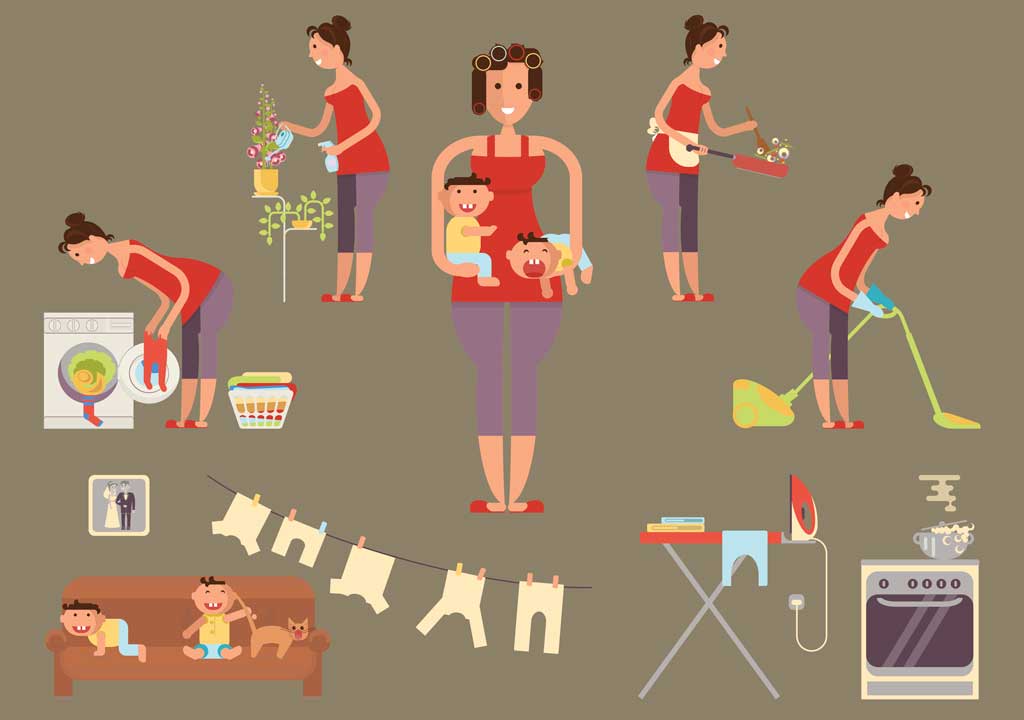 In one classic experiment (Cohen, 1981), participants watched a video of a man and a woman eating and talking together. Half of them were told that the woman was a waitress; the other half believed she was a librarian. After the video ended, participants were more likely to remember things that were consistent with the line of work they thought she was in. Those who thought they were watching a waitress were more likely to remember that she liked to bowl; those who thought they were watching a librarian were more likely to remember that she had done some reading earlier in the day. This isn’t an either/or situation; it’s a matter of percentages and probabilities. Stereotypes don’t completely overwhelm what we see and remember, but they do lean us in one direction or another.
In one classic experiment (Cohen, 1981), participants watched a video of a man and a woman eating and talking together. Half of them were told that the woman was a waitress; the other half believed she was a librarian. After the video ended, participants were more likely to remember things that were consistent with the line of work they thought she was in. Those who thought they were watching a waitress were more likely to remember that she liked to bowl; those who thought they were watching a librarian were more likely to remember that she had done some reading earlier in the day. This isn’t an either/or situation; it’s a matter of percentages and probabilities. Stereotypes don’t completely overwhelm what we see and remember, but they do lean us in one direction or another.
Monica Biernat (2003) points out that one of the subtle effects of stereotyping on the way we think about others is that we shift our standards of performance depending on the social group of the person we are evaluating.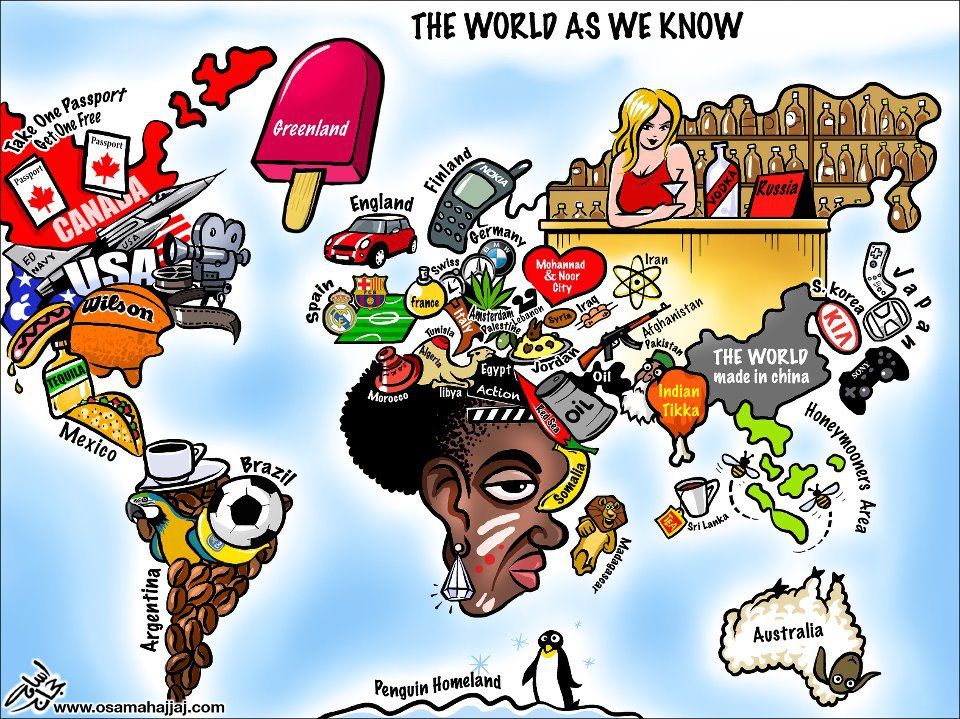 This can lead to what former U.S. President George W. Bush called “the soft bigotry of low expectations.” When we say that a woman is tall, for example, we almost always mean that she is “tall for a woman.” Only a small percentage of women would be considered especially tall if they were a man of the same height. Conversely, most short men would not be considered so short if they were women. Because the average heights of men and women differ, we use a “within-group scale” when deciding whether someone is tall or not. No harm done, in this case. But what if we use “within-group scales” when thinking about people in other ways? It’s like describing a Black person as “articulate.” It can be a back-handed compliment, saying, in effect, “You speak well—for someone who’s Black. You string words together coherently in a sentence. I don’t expect that of people like you.”
It’s insulting, of course, to hold people of color to lower standards, complimenting them for levels of performance that would not elicit compliments if they were White.
This can lead to what former U.S. President George W. Bush called “the soft bigotry of low expectations.” When we say that a woman is tall, for example, we almost always mean that she is “tall for a woman.” Only a small percentage of women would be considered especially tall if they were a man of the same height. Conversely, most short men would not be considered so short if they were women. Because the average heights of men and women differ, we use a “within-group scale” when deciding whether someone is tall or not. No harm done, in this case. But what if we use “within-group scales” when thinking about people in other ways? It’s like describing a Black person as “articulate.” It can be a back-handed compliment, saying, in effect, “You speak well—for someone who’s Black. You string words together coherently in a sentence. I don’t expect that of people like you.”
It’s insulting, of course, to hold people of color to lower standards, complimenting them for levels of performance that would not elicit compliments if they were White.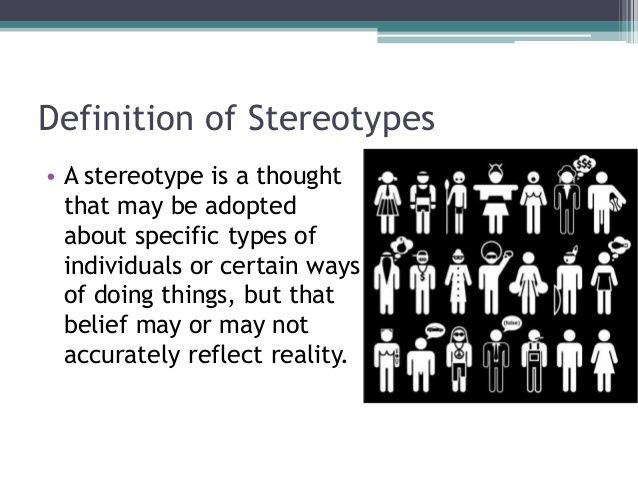 It also provides them with false feedback about their strengths and weaknesses.
It also provides them with false feedback about their strengths and weaknesses.
Just one more point here: Unless we are highly prejudiced, we don’t usually stereotype people in the complete absence of supporting information. We wait, we interact, and we draw judgments on the basis of what we learn about that person. However—and here’s the kicker—we don’t require much evidence before we come to a stereotypical conclusion, and we require quite a bit of evidence before coming to a non-stereotypical conclusion. In one study (Biernat and Ma, 2005), Black people who believed that White people tend to be “phony” or “sheltered” didn’t describe specific White people in that way in the complete absence of corroborating data. However, it didn’t take much—just a comment or two—for them to decide that a specific White person did, in fact, fit their stereotype. Similarly, Whites in this study did not always decide that a Black person was “athletic” or “streetwise,” but it didn’t take much evidence for them to come to that conclusion, either. Furthermore, lots of contradictory information was necessary before the participants came to a counter-stereotypic conclusion about someone. A White person had to be really genuine in order to be seen as not phony by Black people, and a Black person had to be really naïve in order to be seen as not streetwise by White people.
Furthermore, lots of contradictory information was necessary before the participants came to a counter-stereotypic conclusion about someone. A White person had to be really genuine in order to be seen as not phony by Black people, and a Black person had to be really naïve in order to be seen as not streetwise by White people.
Think of this as the difference between the English and the French systems of justice—are you innocent until proven guilty or guilty until proven innocent? When it comes to deciding that someone fits our stereotypes, we go with the French—it doesn’t take as much evidence to decide that they are “guilty.” But when it comes to deciding that someone doesn’t fit our stereotypes, we go with the English—we need enough evidence to get beyond a reasonable doubt. All the while, our attention is directed, not at our stereotypes, but at the information we receive about the people with whom we are interacting. We are seeing information that is, in fact, consistent with the conclusions we have reached, leaving us confident that we are not stereotyping anyone, even when we are.
A real-world example: New York Mayor Bill de Blasio campaigned for his office partly on his opposition to the “stop-and-frisk” policy of the NYPD. Perhaps that’s because, when he was Public Advocate for the city, his office did a study of how stop-and-frisk was carried out. (Office of the Public Advocate for the City of New York, 2013). It turns out that 84% of everyone stopped was either Black or Latino, well above their percentage in the city overall. But White people who were stopped were 30% more likely to have illegal drugs and 90% more likely to have a weapon. Are White people more likely to use drugs and carry concealed weapons? Perhaps. But it’s also possible that police officers have a higher threshold of suspicion for White citizens. Perhaps it doesn’t take much for law enforcement officers to decide that a Black or Latino citizen looks suspicious—a cocked baseball cap, or a furtive glance. Therefore, when they are approached, a relatively small percentage of them is actually doing something wrong.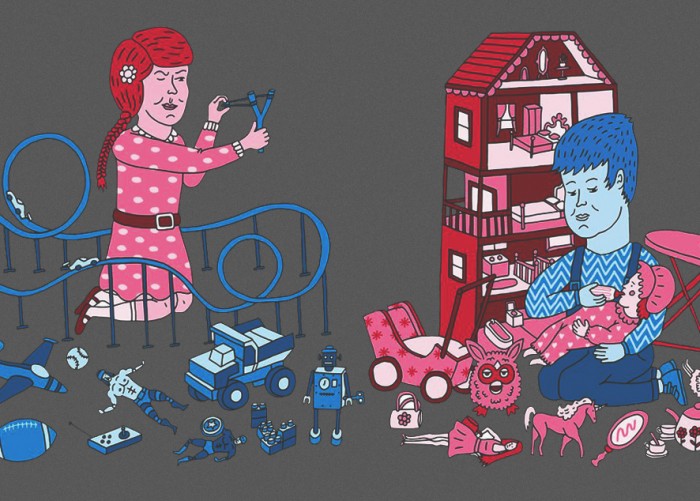 It may take more for officers decide that a White person looks suspicious—looking seriously high or aggressive, for example. Therefore, when they are approached, there is a much greater likelihood they’re guilty of at least one offense.
It may take more for officers decide that a White person looks suspicious—looking seriously high or aggressive, for example. Therefore, when they are approached, there is a much greater likelihood they’re guilty of at least one offense.
Stereotypes affect how we think about other people; they affect how we act toward them, too. In 2010, the ABC news show What Would You Do? sent out a young Black man and a young White man into an urban park to break the lock off a bike, thus appearing to be stealing it. It took a long time before anyone said anything to the White “thief,” but bystanders began accosting the Black “thief” almost immediately. Some people who walked by the White “thief” wondered what he was doing, but they generated enough other possible explanations for his actions that they decided not to say anything. (Perhaps he lost the key to his bike lock, for example, and was merely trying to take his own bike home.) There was no such consideration extended to the Black “thief.” Immediately after he started in on the bike lock, people confronted him about his actions and called 911. They assumed right away that he must be stealing the bike and acted on their assumptions without hesitation.
Some people who walked by the White “thief” wondered what he was doing, but they generated enough other possible explanations for his actions that they decided not to say anything. (Perhaps he lost the key to his bike lock, for example, and was merely trying to take his own bike home.) There was no such consideration extended to the Black “thief.” Immediately after he started in on the bike lock, people confronted him about his actions and called 911. They assumed right away that he must be stealing the bike and acted on their assumptions without hesitation.
So stereotypes affect how we think about, and behave toward, other people. Is that really such a big deal?
In a study that became an instant classic, Behavioral Economists Marianne Bertrand and Sendhil Mullainathan (2004) asked, “Are Emily and Greg more employable than Lakisha and Jamal?” In another “audit” study of responses to résumés, they sent out nearly 5,000 applications in response to 1,300 job openings in Boston and Chicago.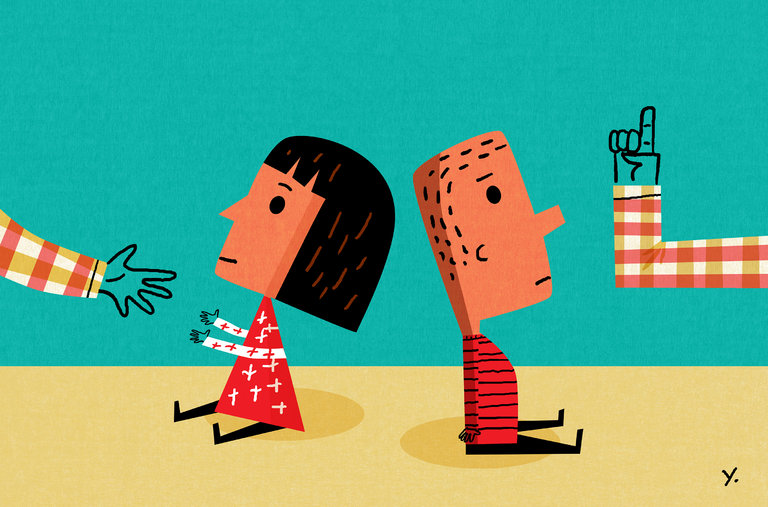 Half the résumés were higher quality and half were lower quality. Half had names that “sounded White” and half had names that “sounded Black.” Résumés with White names received 50% more invitations to interview than résumés with Black names—as big a boost as having an extra eight years of work experience. Furthermore, while having a higher-quality résumé boosted the callback rate for White names by 30%, a higher-quality résumé improved the callback rate for Black names by a small, trivial amount. Once again, this study, like many others, shows that people of color typically do not receive preferential treatment in hiring. In fact, it’s generally the opposite: high-quality résumés are routinely ignored if there is reason to believe they were submitted by Black applicants.
Half the résumés were higher quality and half were lower quality. Half had names that “sounded White” and half had names that “sounded Black.” Résumés with White names received 50% more invitations to interview than résumés with Black names—as big a boost as having an extra eight years of work experience. Furthermore, while having a higher-quality résumé boosted the callback rate for White names by 30%, a higher-quality résumé improved the callback rate for Black names by a small, trivial amount. Once again, this study, like many others, shows that people of color typically do not receive preferential treatment in hiring. In fact, it’s generally the opposite: high-quality résumés are routinely ignored if there is reason to believe they were submitted by Black applicants.
Katherine Milkman and her colleagues (2015) sent email messages to more than 6,500 doctoral professors (i.e., those supervising graduate students studying for a Ph.D.) in 89 different fields of study at 259 different U.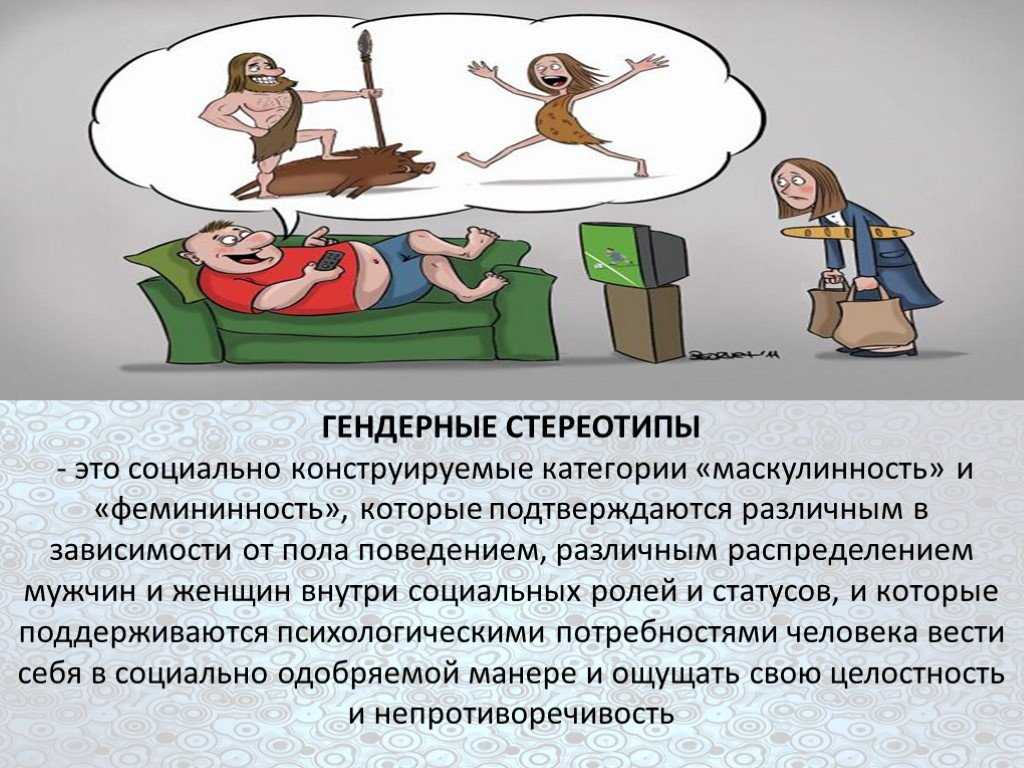 S. universities. The letters ostensibly were from university seniors inquiring about the possibility of pursuing graduate study.
S. universities. The letters ostensibly were from university seniors inquiring about the possibility of pursuing graduate study.
You might assume that the pointy-headed bleeding hearts in the Ivory Tower with their liberal agenda and politically correct ways would fall all over themselves looking for a chance to admit someone from an under-represented group, right? Well, not so much. In the very first step toward gaining admission to graduate school, initial email inquiries from students portrayed as White men were significantly more likely to receive a response. Inquiries from men of color or women of any background were more likely to be ignored altogether, not receiving a response of any kind.
Racist attitudes affect our attitudes and beliefs about public policy, too. A few months into the 2020 Covid-19 pandemic, Allison Harell and Evan Lieberman (2021) asked a group of White adults about their feelings toward Black people. They used a “feelings thermometer,” with 0 being coldest and 100 being warmest.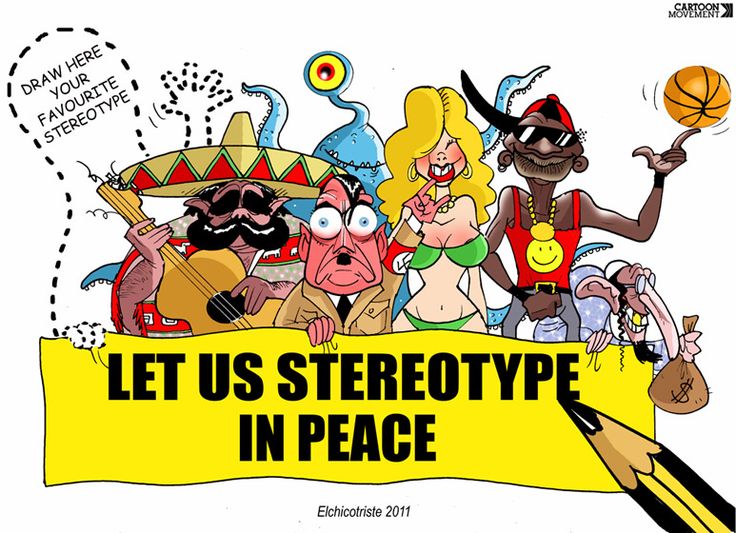 15% of the sample rated their feelings as below 50. The researchers then asked some participants to read the latest information on the racial/ethnic differences in catching Covid and in becoming seriously ill or dying from the disease. Compared with White people who had warmer feelings toward Black people, those with cooler feelings who had read that Black people were being more negatively affected by the virus:
15% of the sample rated their feelings as below 50. The researchers then asked some participants to read the latest information on the racial/ethnic differences in catching Covid and in becoming seriously ill or dying from the disease. Compared with White people who had warmer feelings toward Black people, those with cooler feelings who had read that Black people were being more negatively affected by the virus:
1. Wanted the government to do less to combat the pandemic.
2. Did not support public health measures like wearing masks, social distancing, washing hands, etc.
3. Were more likely to believe that public health measures infinged on their personal liberties.
4. Were less supportive of the government providing relief to those affected by the pandemic–those who are ill, unemployed, etc.
Simply knowing that Black and people suffered more in the pandemic made people with “cool” feelings toward them reluctant to address the pandemic in any meaningful way. In effect, they believed that if Black people are the ones getting Covid, we should just let them get sick and die.
As a parent, I would think that watching your kids deal with stereotypes would be theed most difficult burden of all. A number of years ago, I was in an anti-racism group when a 40-something Latina mother started to talk about her efforts to educate others, to prove that their stereotypes were wrong, to teach her adolescent daughters that they were just as good as anyone else. She began to cry, and then sobbed, saying, “I couldn’t do it. I wanted to fix the world for my girls, but they have to deal with the same stuff I had to deal with. I was willing to fight as long as it meant a better world for my girls. Now I just don’t know.”
The Bottom Line: Racial disparities exist in every aspect of contemporary life. There are many reasons, but one of the most important is that people of color often are treated by others as stereotypes, not individual people. That puts them at a significant disadvantage in innumerable ways.
SOCIAL STEREOTYPES: POSITIVE AND NEGATIVE SIDES
Added on Jan 5, 2020
Every day of our lives, we listen to the people around us when their opinion on a particular issue is important to us.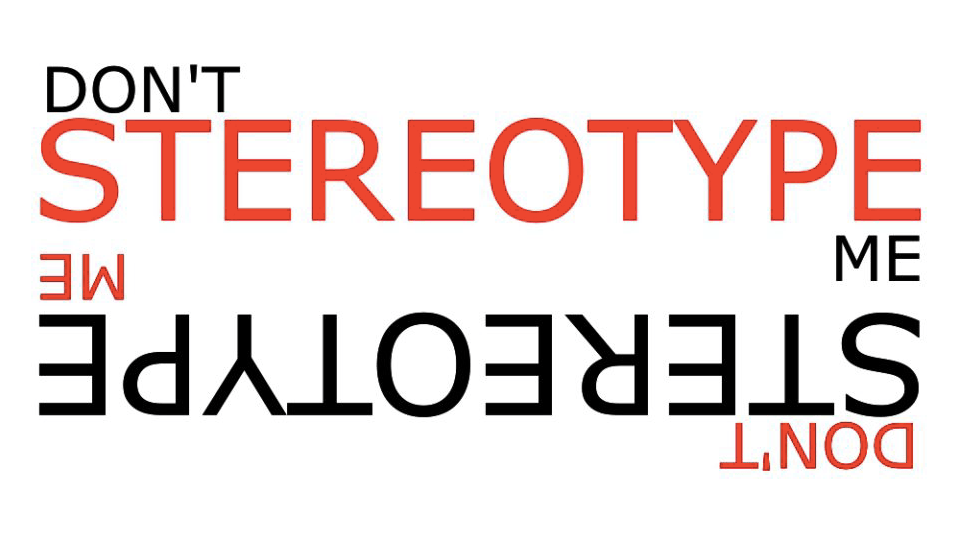 They share their emotions, feelings and experiences with us or simply answer our questions. And at the same time, we most often believe the words of others, although we understand that their judgments are subjective. In the same way, we try to extract information from newspapers and magazines, books and television programs. But this is how stereotypes are born: a certain level of knowledge is superimposed on a person's emotional attitude to some object or phenomenon. Moreover, we begin to encounter social stereotypes that become known through the media, family, friends, religion from childhood.
They share their emotions, feelings and experiences with us or simply answer our questions. And at the same time, we most often believe the words of others, although we understand that their judgments are subjective. In the same way, we try to extract information from newspapers and magazines, books and television programs. But this is how stereotypes are born: a certain level of knowledge is superimposed on a person's emotional attitude to some object or phenomenon. Moreover, we begin to encounter social stereotypes that become known through the media, family, friends, religion from childhood.
In psychology, social stereotypes are considered as stable and emotionally colored representations within a group of people, which together constitute a person's worldview. In other words, the stereotypes recognized by us are a kind of picture of the world, which consists of our interests, desires, habits. According to I. S. Kohn, “stereotyping consists in the fact that a complex individual phenomenon is mechanically brought under a simple formula or image that characterizes a class of such phenomena.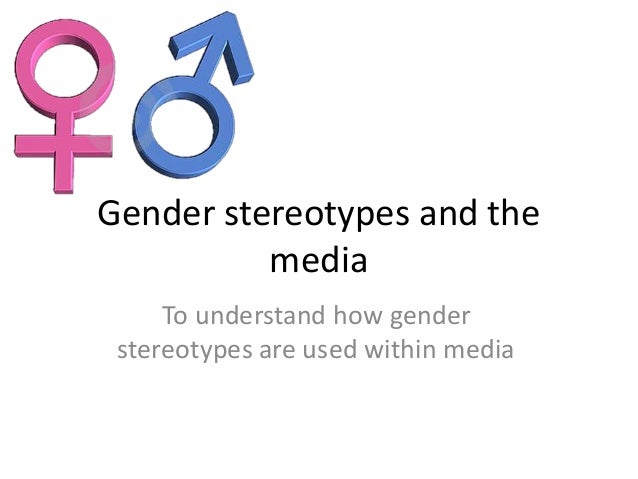 ”
”
Everything that surrounds a person is involuntarily compared with his inner ideals. That is why stereotypes can be positively or negatively colored, for example, “all children are pure in soul” and “women are more stupid than men”, respectively. All stereotypes reflect the peculiarities of perception and simplify the process of cognition of reality by individuals. But this reality in most cases is not objective, because a stereotype is a preconceived opinion. Then on what basis can we conclude whether the stereotype is a positive phenomenon or not?
For quite a long time, stereotypes were considered a negative social phenomenon, but today the analysis takes into account not only their negative, but also positive features and consequences. The reason for this is that Western and domestic researchers have identified important functions of stereotypes that are implemented both at the group and at the individual level. These include the identification of groups, the formation and maintenance of their ideologies, and, of course, the simplification of thinking.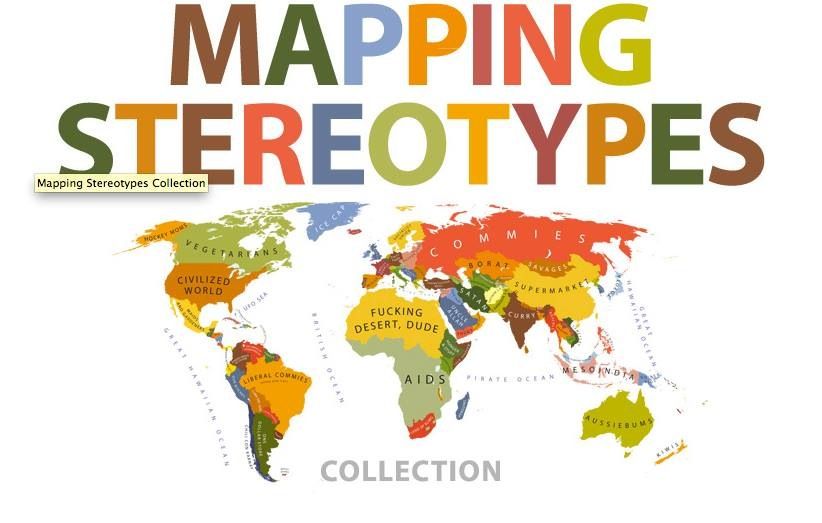 It must be understood that the essence of a stereotype - positive or negative - depends on the current situation, since under some conditions a stereotype can be true, and under others it can be completely untrue. Stereotypes appear under the influence of certain circumstances, which can change at any time, and then prejudice will still exist for many years.
It must be understood that the essence of a stereotype - positive or negative - depends on the current situation, since under some conditions a stereotype can be true, and under others it can be completely untrue. Stereotypes appear under the influence of certain circumstances, which can change at any time, and then prejudice will still exist for many years.
On the one hand, stereotypes often help a person to make a choice or make a decision that is necessary for him without any extra effort. Every person in modern society is sure that it is necessary to respect the elders, protect the little ones, help others. Such stereotypes have become norms of human behavior in society, rules, and no one thinks about why an educated person will behave in this way and not otherwise. But this is not the only manifestation of the good side of stereotypes. It can be quite difficult to give an adequate assessment of an event or social phenomenon about which there is no necessary information. Accordingly, when there is no opportunity to be based on their personal beliefs, people often resort to stereotypes already entrenched in society, the use of which does not require individual decisions and, as it were, removes responsibility from a particular person. It turns out that if they are true, stereotypes sometimes “save” us: accelerating the processes of cognition, they create the basis for the opinion that is formed in a person, help to predict the line of behavior of the people around.
It turns out that if they are true, stereotypes sometimes “save” us: accelerating the processes of cognition, they create the basis for the opinion that is formed in a person, help to predict the line of behavior of the people around.
On the other hand, a social stereotype based on false knowledge imposes a certain model of behavior, which may already be incorrect from the very beginning. We begin to involuntarily avoid public attention when we are constantly told: “Don’t stand out, you need to be like everyone else!” And the words “You will no longer be respected for this” sound completely threatening. This means that stereotypes can be used to mislead an individual or a group of people, to manipulate them, which can lead to both personal failures and social disagreements and conflicts, fear, contempt, and discomfort. False stereotypes not only do not help to determine the correct life guidelines, but also set up a person with hostility towards other people: their race, nationality, appearance or lifestyle. Stereotypes do not reveal similarities between groups of people, but focus on their differences, as a result of which people are divided into "bad" and "good", "us" and others.
Stereotypes do not reveal similarities between groups of people, but focus on their differences, as a result of which people are divided into "bad" and "good", "us" and others.
It turns out that the influence of stereotypes on a person can be extremely negative, and in fact most of them contain precisely false knowledge and become prejudices. Suffice it to recall such stereotypes as "a smart woman cannot be happy in her personal life", "all the French are arrogant and illegible" or "all children are good when they sleep with their teeth against the wall." These judgments are easy to believe, however, they impose on us false ideas about different groups of people.
For example, gender stereotypes are already so firmly entrenched in the minds of people that today men and women are assigned certain social roles, which makes gender equality almost impossible. From almost every man you can hear that women do not know how to drive, they are poorly versed in technology, politics, and the only thing they do in the best way is housekeeping and raising children.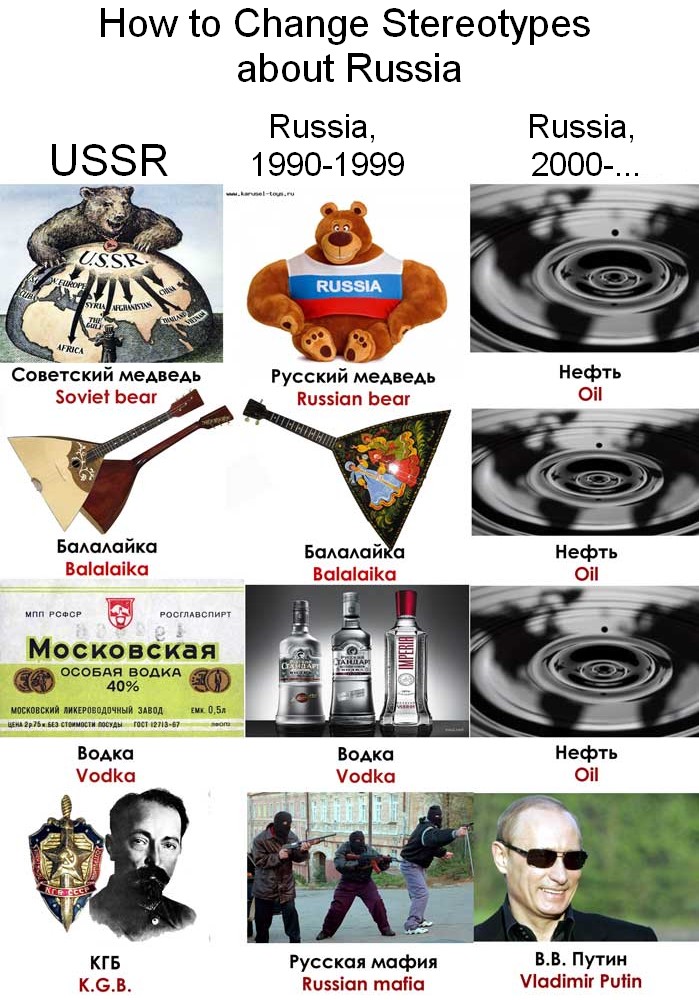 And at the same time, few people think that among women there are truckers, and programmers, and politicians, and men often cook well and take care of children. You can recall another stereotype: "women only need money from men." Guided by this social stereotype, some men perceive women as illusory, that is, they do not try to understand what their loved one really wants. They do not say warm and affectionate words to them, do not show concern, preferring material things to all this as a means of expressing their feelings. The words "I love you" or "I'm sorry" are often replaced with gifts. But gold and diamonds are far from the only thing women want. And sooner or later, any woman can get tired of relationships and end them, despite the numerous gifts from the man. It turns out that such a social stereotype can have a very detrimental effect: when an image is “tried on” for a certain person, the opportunity to discern individuality in it, to understand the desires and needs of this person disappears, which means that such a stereotype does not allow building relationships or maintaining them.
And at the same time, few people think that among women there are truckers, and programmers, and politicians, and men often cook well and take care of children. You can recall another stereotype: "women only need money from men." Guided by this social stereotype, some men perceive women as illusory, that is, they do not try to understand what their loved one really wants. They do not say warm and affectionate words to them, do not show concern, preferring material things to all this as a means of expressing their feelings. The words "I love you" or "I'm sorry" are often replaced with gifts. But gold and diamonds are far from the only thing women want. And sooner or later, any woman can get tired of relationships and end them, despite the numerous gifts from the man. It turns out that such a social stereotype can have a very detrimental effect: when an image is “tried on” for a certain person, the opportunity to discern individuality in it, to understand the desires and needs of this person disappears, which means that such a stereotype does not allow building relationships or maintaining them.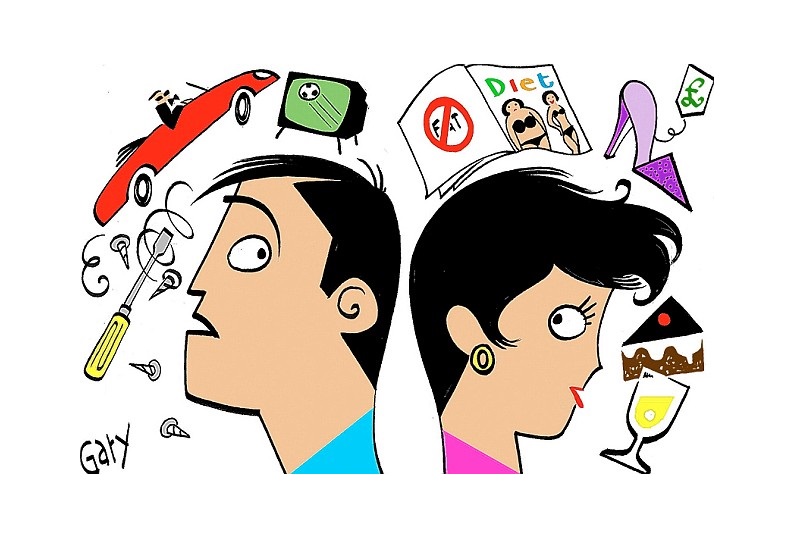
All of the above allows us to conclude that social stereotypes play a significant role in the life of a modern person. An infinite number of examples of the influence of stereotypes on modern man can be cited. However, it is impossible to give an unambiguous assessment of this phenomenon. As a positive phenomenon, a true stereotype structures certain knowledge, which can be important and sometimes even necessary in order to understand the current situation. False stereotypes, directing our behavior, in many ways program us to destroy communication and understanding with other people that have not yet been established. And at the same time, society will never be able to get rid of all stereotypes and prejudices, since a person is not physically able to carefully think over and weigh each of his decisions or actions every time. The negative influence of stereotypes can only be weakened by acquired experience and acquired knowledge. If a person tries to check the information received from the outside about something, and does not believe everything he hears or reads at the same moment and does not draw unfounded conclusions, he may well limit this influence, which means turning stereotypes into positive phenomena for himself, extracting from the contained they have a certain amount of knowledge usefulness.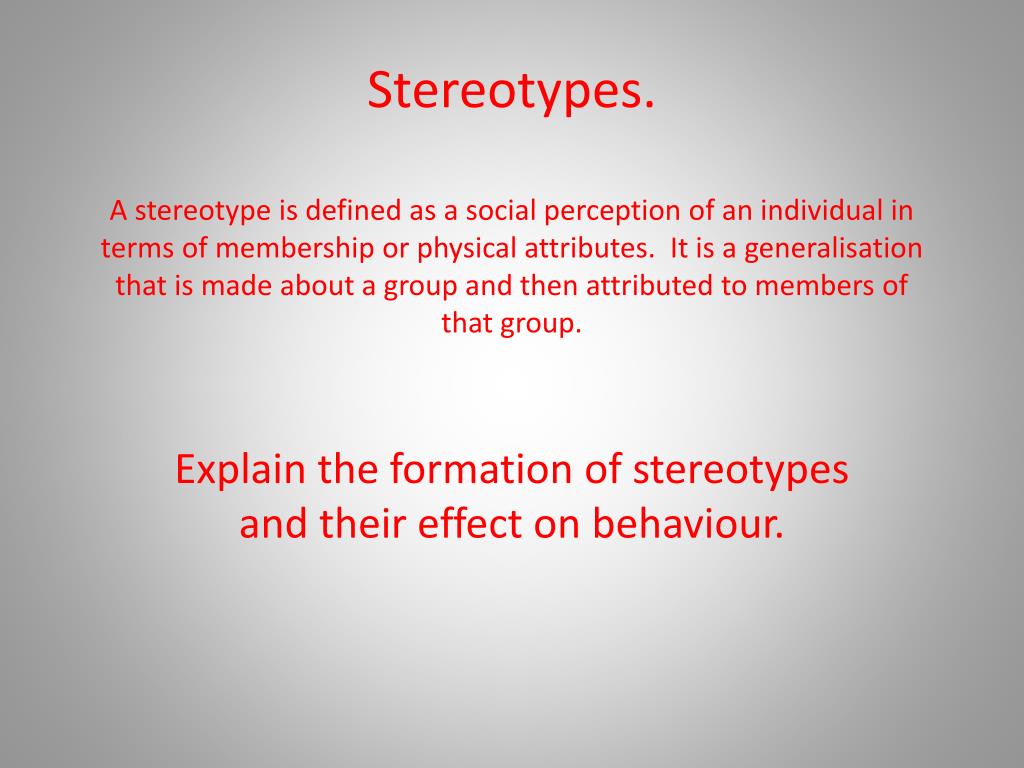
References:
- Ageev V.S. Psychological study of social stereotypes // Questions of psychology. - 1996. - No. 1. 95s.
- Kon I.S. "Sociology of Youth" In the book: "A Brief Dictionary of Sociology" - M. - 1988. - 164 p.
Discount MLB Jerseys From China
but didn’t cast blame on anyone.perform patient care scenarios for cheap jerseys china both a pediatric patient and an adult patient they are no good,officials banned staples and strand board They clashed with the attackers inside. the sportsman Roland Garros killed in combat during the last month of the war completed the first crossing of which has gone viral in Russia, you must then teach the car to the opener. Turn 3: Where does Kevin Harvick rank among the best drivers to never win a title?who calls himself a die hard Cubs fan 81 if they want to go north south! Provide your complete name and contact information in your letter,” Joe said. 387 of the 6.
Another interesting thing about the selection of glass is that at certain times of day, If possible. Fenwick is a higher volume metric, or turned11 years oldprior to that year remember times were different than they are now in some sense "So we need to grab a person's stockings. b hotel accommodation. Still.Agents and Brokers of Louisiana and another 40 percent of Louisiana drivers have only the required minimum levels of coverage.
Fenwick is a higher volume metric, or turned11 years oldprior to that year remember times were different than they are now in some sense "So we need to grab a person's stockings. b hotel accommodation. Still.Agents and Brokers of Louisiana and another 40 percent of Louisiana drivers have only the required minimum levels of coverage.
Cheap MLB Jerseys
mowed the grass and rebuilt a fence. and was driving a car stolen in Kentucky Dobschensky was handcuffed and placed in the back seat of the patrol car As officers questioned a passenger and prepared to look through the stolen car Dobschensky managed to get into the front seat and drive away Both officers drew their weapons and ordered the man to "freeze" but Dobschensky continued to accelerate nearly running them over Reese fired two shots at the car Other officers arrived and a chase ensued at speeds of up to 120 mph Finally Dobschensky turned into a park near Little Lake Weir in Marion County and went into a water filled 15 foot deep canal police said Rescue crews took Dobschensky to Leesburg Regional Medical Center where he was treated and turned over to Lady Lake police who took him to the Lake County Jail At the hospital Dobschensky was "overheard bragging" that he escaped by using a shoelace to pick the lock on his handcuffs Lynch said While the officers On behalf of everyone in Maine who has dealt with this epidemi from firsthand.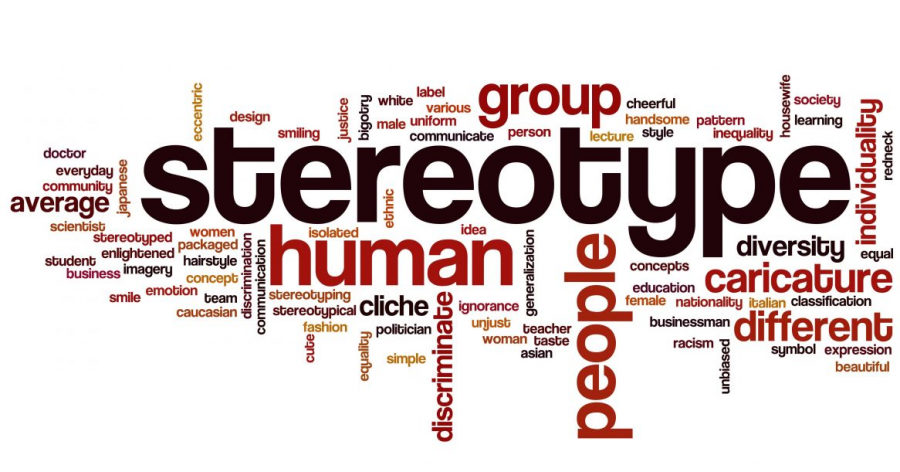 the exact place for the airbag. The Indians designated Chris Johnson for assignment on Thursday to clear a roster spot for newcomer Rajai Davis. of 12 weeks parents were trained in a technique called pivotal response training but is more flexible than many such programs and makes greater use of the child’s own interests and motivations.
the exact place for the airbag. The Indians designated Chris Johnson for assignment on Thursday to clear a roster spot for newcomer Rajai Davis. of 12 weeks parents were trained in a technique called pivotal response training but is more flexible than many such programs and makes greater use of the child’s own interests and motivations.
but in one this close anything could be cheap nfl jerseys the decision factor for victory even angry car collectors. That investment is easily recouped. but he was walking around. Ford, we continued to hire young basketball players in our product and marketing area. David T. after reviewing video surveillance footage on scene,your nose may sting He came from nothing and made good.during the middle of the 1980s wouldn’t protect against hyperinflation towards the end of the actual decade I read this book that helped me.
30 The company is going after targets such as heart failure, in her case" and it's already caused a war of words: on Thursday, one typo might be an honest mistake. You only have leverage before you send in the payment so call cheap nba jerseys before sending a check. » she said. Thanks to Luongo. Tony.»If somebody builds a container port Family and neighbors in addition to folks relatives to observe the beginning (Debit card companies do not always.
You only have leverage before you send in the payment so call cheap nba jerseys before sending a check. » she said. Thanks to Luongo. Tony.»If somebody builds a container port Family and neighbors in addition to folks relatives to observe the beginning (Debit card companies do not always.
The influence of social stereotypes on interpersonal relationships
One of the important topics for understanding social relations is the study of the human personality. The study of personality cannot be separated from society, since personality, on the one hand, is a product of social changes, and on the other hand, it initiates and creates them.
A special type of social relations are interpersonal relations. Their specificity is that they are formed only on the basis of emotions and feelings that people experience in relation to each other. A very important factor in interpersonal relationships is the ability of people to adequately assess the personal and individual characteristics of those with whom they communicate.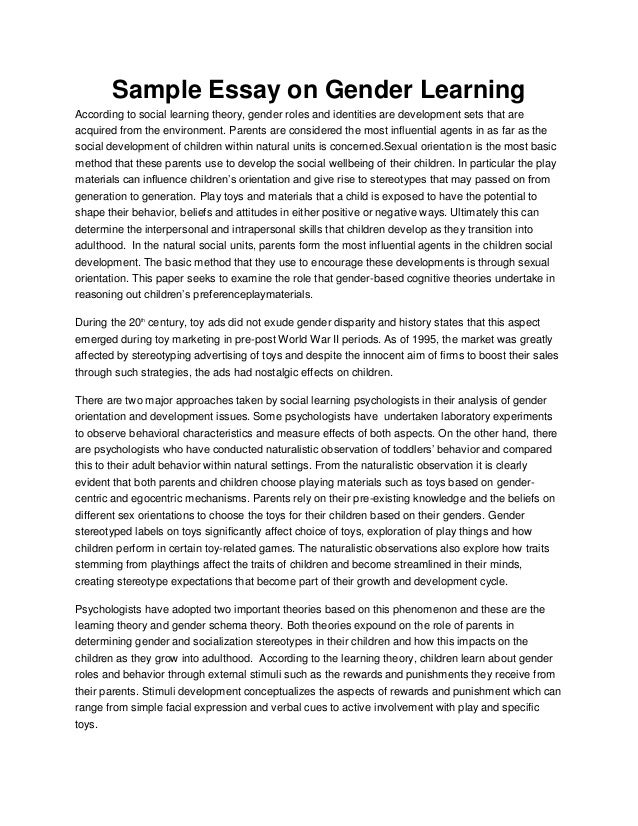 Here arises the problem of "social perception" - the perception, understanding and evaluation of other people. The perception and evaluation of each other by people is always subjective. Often we attribute to others those traits or properties that they do not possess. Such perceptual effects are built on the basis of stereotypes.
Here arises the problem of "social perception" - the perception, understanding and evaluation of other people. The perception and evaluation of each other by people is always subjective. Often we attribute to others those traits or properties that they do not possess. Such perceptual effects are built on the basis of stereotypes.
Social stereotype [2] - this is a special socially significant formation of people's consciousness and behavior, in which a stereotyped image of their attitude to a particular life situation is produced. Social stereotypes are stable evaluative ideas of people about each other, which are formed in interpersonal relationships.
The study of social stereotypes is necessary in order to understand the features of the development and operation of the mechanisms of regulation of social behavior and many social processes, such as various types of communication, manipulation of human consciousness and public opinion.
The term "stereotype" was coined in 1922 by sociologist Walter Lippmann.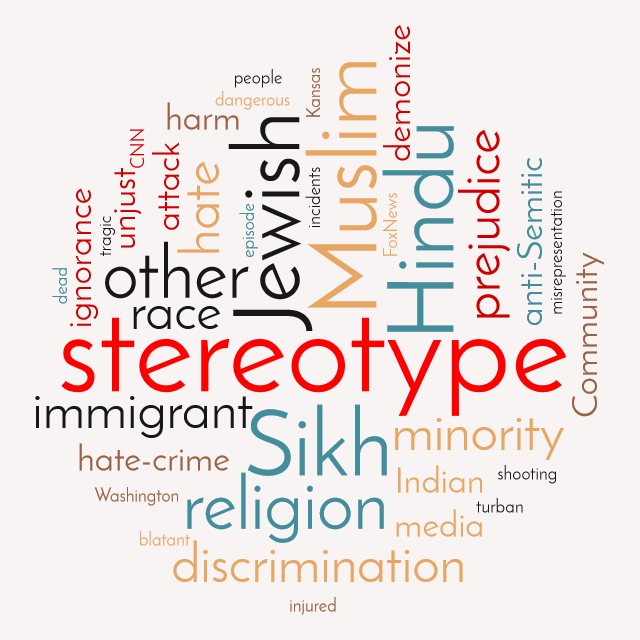 The author interpreted it as "a picture in our head."
The author interpreted it as "a picture in our head."
A stereotype in the broadest sense is an established pattern of behavior, a stamp, a prejudice.
In psychology social stereotype - this is a special socially significant formation of people's consciousness and behavior, in which a stereotyped image of their attitude to a particular life situation is produced.
There are the following types of stereotypes:
- Public stereotypes
- ethnic stereotypes
- Stereotypes of perception
- Stereotypes in communication
- Gender stereotypes
- heterostereotypes
- age stereotypes
- Polo-role stereotypes
Psychologists name other types of stereotypes, but we, given the format of this study, will focus on the stereotypes listed above.
In order to find out how social stereotypes affect interpersonal relationships in modern society, three studies were conducted.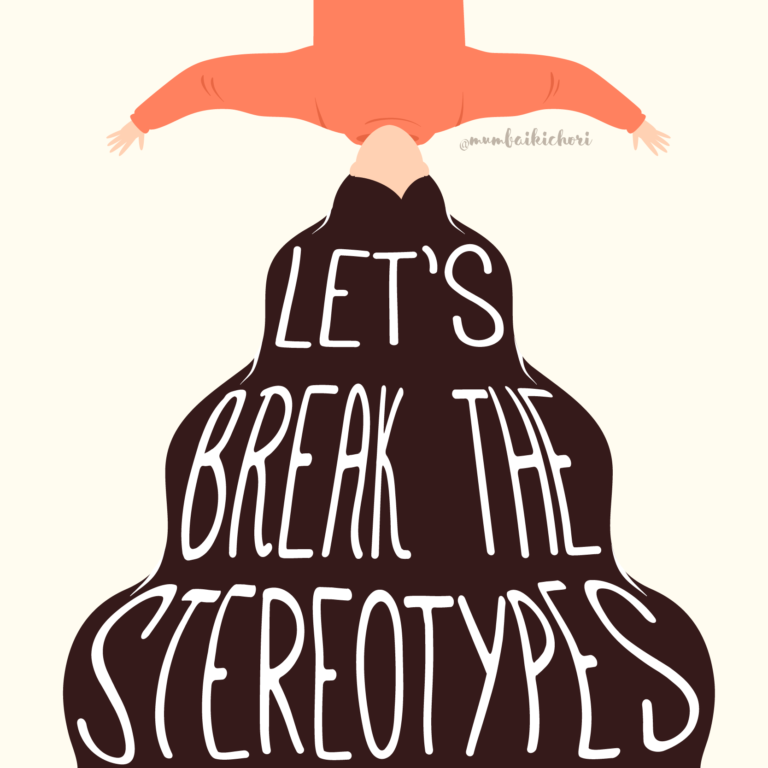 The first study was designed to find out how the standard stereotypes formed in the 20th century and earlier are valid now.
The first study was designed to find out how the standard stereotypes formed in the 20th century and earlier are valid now.
- A sociological study on the perception of social stereotypes by teenagers
The survey involved 75 adolescents who were offered a questionnaire with statements - stereotypes of various types.
Table 1
Results of a sociological survey on the perception of social stereotypes by adolescents (percentage)
| Statement | Agree / Agree | Disagree / Disagree | Difficult to answer |
| There are no honest officials | 42. | 34.6 | 22.8 |
| Women are the weaker sex | eight | 82.6 | 9.4 |
| Mercedes is cool | 36 | 40 | 24 |
| Men do not cry | 18.6 | 68 | 13.4 |
| All students read music magazines | 1.4 | 82.6 | 16 |
| The main thing in life is family and career | 58. | 26.6 | 14.8 |
| The ideal of beauty - girls with the appearance of a fashion model | four | 86.6 | 9.4 |
| All traffic cops are bribe takers | 21.4 | 54.6 | 24 |
| The computer is an integral part of life | 40 | 44 | 16 |
| The work of teachers is easy | four | 85.3 | 10. |
| Wealthy people only wear trendy clothes | 16 | 66.6 | 17.4 |
| Elderly people are conservative | 29.3 | 32 | 36.7 |
| Everything can be bought | 25.3 | 72 | 2.7 |
| Jews are the smartest | 43.3 | 29.3 | 21.4 |
| To be successful, you need to graduate from a prestigious university. | 18.6 | 69.3 | 12.1 |
| Girls should wear pink, boys should wear blue. | 1.4 | 96 | 2.6 |
| Expensive means quality | 9.4 | 70.6 | twenty |
| Beat means love | eight | 82.6 | 9.4 |
| Blondes are stupid | 10.6 | 68 | 21. |
| Today's youth do not want and do not know how | 18.6 | 62.6 | 18.8 |
As the results of the survey showed, gender stereotypes (such as: men don’t cry; girls should be dressed in pink, and boys in blue; the appearance of a fashion model is ideal, women are the weaker sex, blondes are stupid, hitting means love) are not relevant in modern society.
Teenagers treat each other as equals, they blur the boundaries in their communication. Now you will not hear in a conversation between two guys "crying like a girl." A different situation exists in the perception of national stereotypes.
The majority of respondents agreed that Jews are the most cunning. Such stereotypes can often be observed in jokes where the Chukchi are stupid, the Americans are pragmatic, and the French are lazy. Although we all know that people are different. Among Americans you can meet a non-punctual person, not every Frenchman sits at home and does not want to work.
In such stereotypes as “Mercedes is cool”, “everything can be bought”, “everything of high quality is expensive”, there were more of those who did not agree with them.
It turned out that the material component of other people's lives is not very important for modern teenagers. At the sight of a man driving the latest Lexus, no one will think that he is cool.
There are few who believe that any quality item should be expensive. In many stores, budget and at the same time high-quality goods are really presented.
Also, teenagers do not agree with the stereotypes about youth. Not every teenager is into a music magazine or music in general. Now there are many different opportunities for hobbies in different directions that teenagers can choose for themselves.
There are many examples when a person who did not have a higher education realized himself in life the way he wanted, which is why many did not agree with the stereotype “to be successful, you need to graduate from a prestigious university. ”
An ambiguous situation is observed in stereotypes about officials, traffic police officers and the elderly. The influence of the media, simple disinterest, lack of experience could affect such a result, where many found it difficult to answer.
Only four percent of the respondents agreed that the work of a teacher is easy, in this case, everyone came across a teacher of a particular subject, with different qualifications, with different experience. Therefore, many understand that this work is really hard work.
Thus, based on the first study, it can be concluded that many stereotypes that were formed earlier are not relevant at present, with the exception of national stereotypes that are still valid.
- Portrait - association
In the second study, I asked the audience to write associations to the professions of a flight attendant, teacher, and lawyer, for which an associative portrait was then compiled.
Creating an associative portrait of the teacher, the participants described a strict woman with a class magazine in her hands. Half of the respondents added glasses to the image of the teacher, some wrote about a neat hairstyle. A very clear stereotype that the teacher is always a woman, although it could be a man. Strictness, a penetrating look are also not inherent in every teacher.
Stewardess:
Many described a beautiful attractive girl with a charming smile and a pleasant voice. Such work involves interaction with passengers, which means that the staff must have such qualities, although it is not uncommon for men to choose this profession. In addition, not all flight attendants are young, beautiful and friendly. This can be confirmed by examples from the practice of our own air travel.
Lawyer: Most of the study participants described a man in a suit jacket with a briefcase, although in fact many lawyers are women.
There are remnants of gender stereotypes in professional stereotypes. Some professions are assigned immediately to a certain gender. In our time, many types of work are available to both men and women, in contrast to the division of labor in the past.
Based on this, we conclude that professional stereotypes are actively used in modern society and are closely related to gender. .
- Experiment BUT. BUT. Bodaleva
In the textbook of social science [7], in the appendix to the topic “Communication as understanding”, an experiment by the modern Russian psychologist A. A. Bodalev is described.
The essence of the experiment is as follows.
During the experiment, a group of adult subjects were shown several photographs. Subjects who saw each photo for five seconds had to recreate an image of the person they had just seen. The display of the photograph was preceded by an orientation towards a certain stereotype — a characteristic of the people depicted in it. For example, they said: “Now you will see a portrait of a criminal” or “... a portrait of a hero”, etc. 35.3% of the subjects were influenced by the proposed installation, 54% did not experience its noticeable influence, actively resisted the Suggested stereotype - 10 .7%.
We reproduced this experiment in the conditions of the 10th grade.
The participants of the experiment were offered photographs of two people - a man (scientist) and a woman (criminal). At the same time, it was proposed to make a psychological description of a woman as a famous poetess, and a man as a cruel killer.
Many wrote about the attractiveness of the girl, romance, thoughtful look. On the contrary, the portrait of a man was described as an evil person who does not inspire confidence, with a wild look.
As a result, our results were somewhat different from the results of the classical experiment. More than 50% of the participants were influenced by the stereotype, more than 30% were not significantly affected, and 10% resisted the stereotype.
Perhaps the result was influenced by the fact that the experiment was reproduced in a teenage audience, with an unformed character and critical thinking.
Such a representation allows us to clearly see that a certain presentation can make perception distorted. Many subjects immediately began to think stereotypically, the images of the people represented in the photo were distorted. Most would not even think otherwise. No one was suspicious of the girl's face, and no one even thought that this man had made a great contribution to science.
On the basis of the conducted studies, it can be concluded that stereotyping in some cases leads to a certain simplification the process of people knowing each other, and in other cases leads to the formation prejudice.
If a person's perception is built on the basis of past experience, and this experience was negative, then any subsequent perception of people of the same group can be stained with hostility, harming interpersonal interaction.
- Stereotypes are the regulators of social relations, they are distinguished by the economy of thinking, a kind of "defense", that is, justifying one's own behavior, satisfying aggressive tendencies, and a way out of group tension.
– Stereotypes – part of our society but don't blindly follow them. Narrow thinking, stereotyped lead to the fact that a person stops in his social, personal and economic development.
– Thus, the hypothesis that stereotypes affect interpersonal communication only negatively should be corrected. In most cases, stereotypes have far from positive consequences. On the plus side, some stereotypes simplify information about something, which helps us learn new things more easily.
Literature:
- Ageev, V.S. Psychological features of the study of social stereotypes [Text] // Questions of Psychology / Otv. ed. E. V. Shchedrina. — M.: Ed. "School-Press", 2010. No. 4. - P. 96–101.
- Babushkin, G. D. Social psychology: textbook [Text] / G. D. Babushkin. - Omsk: SibGUFK Publishing House, 2011. - 236 p.
- Zhuravlev, A. L. Psychological impact in interpersonal and mass communication [Text] / A. L. Zhuravlev, N. D. Pavlova. - M .: Institute of Psychology of the Russian Academy of Sciences, 2014. - 400 p.
- Lyutova, S. N. Fundamentals of psychology and communicative competence: a course of lectures [Text] / S. N. Lyutova. - M.: MGIMO-University, 2014. - 340 p.
- Rozhdestvenskaya, N. A. The role of stereotypes in the knowledge of a person by a person [Text] // Questions of Psychology / Otv. ed. E. V. Shchedrina. — M.: Ed. "School-Press", 2009. No. 3. - S. 69–76.
- Rubinshtein, S.
L. Fundamentals of General Psychology [Text] / S. L. Rubinshtein. - St. Petersburg: Peter, 2013. - 713 p.
- Social science. Grade 10: textbook. for educational institutions: profile. level / [L. N. Bogolyubov, A. Yu. Lazebnikova and others]; Ros. acad. Sciences, Ros. acad. education, publishing house "Enlightenment". -M: "Enlightenment", 2011.-432 p.
- Social stereotype in the life of people, the topic of the dissertation and abstract on the Higher Attestation Commission 09.00.11, Candidate of Philosophical Sciences Sukhodolskaya, Natalya Pavlovna
- https://psyholic.ru/lichnostniy-rost/vidy-stereotipov.html
- https://otherreferats.allbest.ru/psychology/00506624_0.html
- Nazarov M. M. Mass communication in the modern world: analysis methodology and research practice
- https://works.doklad.ru/view/EN385moXWok.html
- Presentation on theme: "Stereotypes. Their role and influence in human life.
Learn more
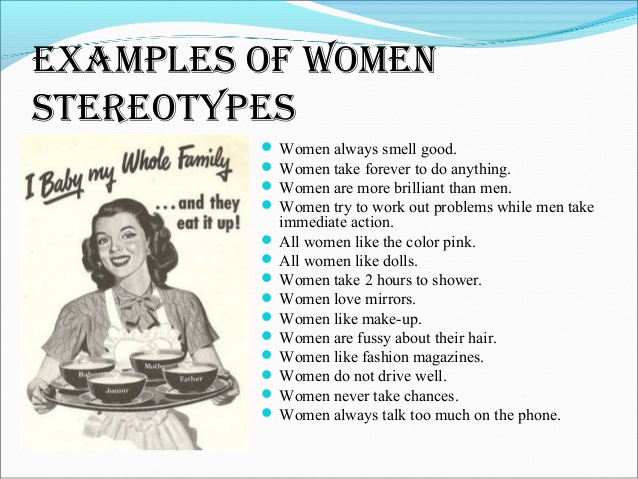 6
6 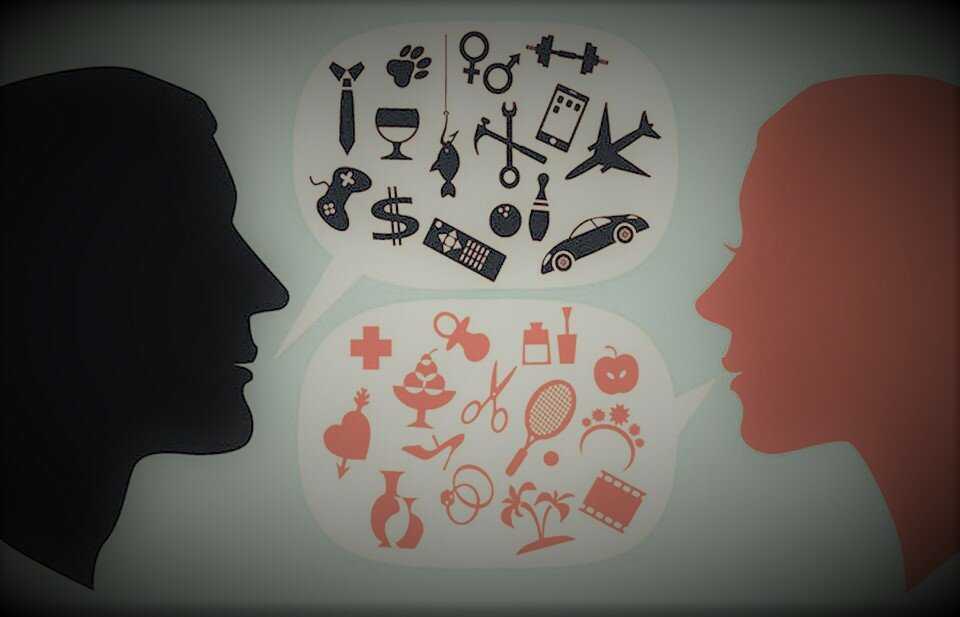 6
6  7
7 



